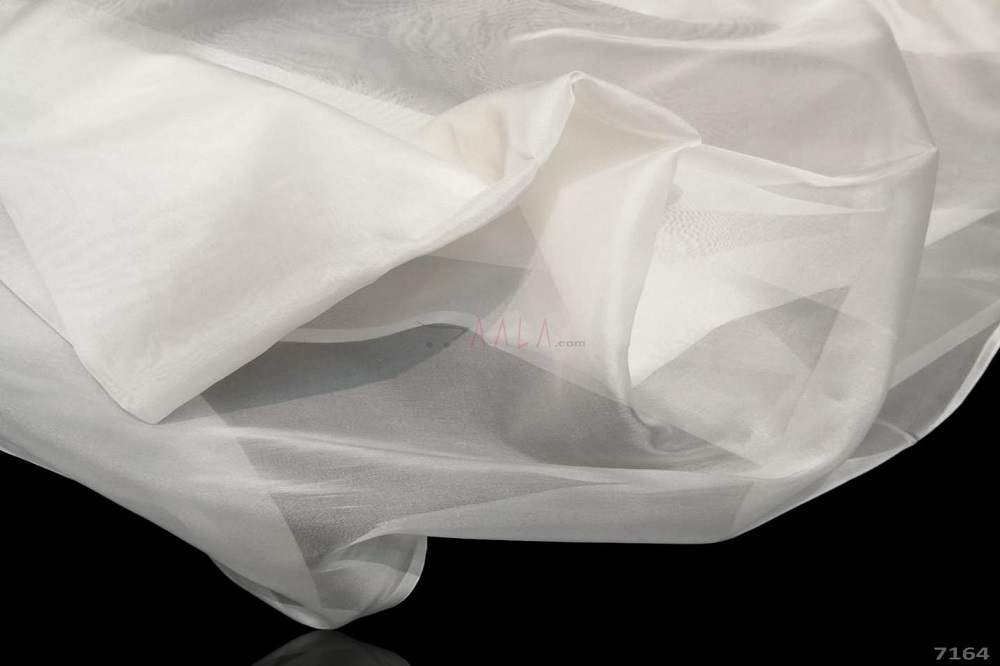Before we move on to discussing Kota tissue fabrics, especially sarees that come from the heart of Rajasthan, let’s discuss tissue fabrics in general. They are lightweight and fine with excellent drapes. Moreover, they are easy to wear and carry. They are very lustrous and have a great sheen. On the other hand, they are stunningly comfortable to touch and feel almost like paper.
Kota tissue fabrics have recently attracted the attention of visitors and frequent travelers and can be found anywhere in India, but the original Kota sarees come from Kaithoon, a village in remote Rajasthan. Only a handful of those sold across the country are original and the rest have probably come from the power looms of Surat, Benares, and some other weaving centers.
Kota sarees rule through the summer because they are airy and light. These qualities make them the best-fit for protection against the scorching heat of India. They are indeed very scarce to source, and the bulk of them found in every saree shop are just ‘copies.’
In the Kaithoon village standing 22 km away from Kota city, Kota sarees are still made in the same fashion as they were made 250 years ago. There are many looms in the village but a single village can’t weave sarees for the whole country. That is why the practice of making copies has flourished in harmony with the fact that people are generally looking for cheaper alternatives. On the other hand, in the Kaithoon village, the practice of making sarees is still very tedious, slow, and manual.
The origin of Kota Sarees
Like other ethnic and local fabrics, Kota tissue fabrics also come wrapped in folklore. If we trace back the origin of these exceptional articles of clothing, we come to know that it began some 250 years ago in the reign of Rao Kishore Singh.
There is a manmade lake called Kishore Sagar, standing near the fort-palace, in the heart of Kota. Beside this lake is a palace called Jagmandir. This palace was built for a lady who also happened to be a queen and spouse of Kishore Singh. When the scorching heat of Kota got to her, the king made for a palace but the heat was still intolerable. That’s when the weavers were called and ordered to weave a dress for the queen that won’t trap and retain the heat. The weavers came up with this beautiful tissue fabric by reducing the number of warp and weft yarns.
Another story holds that Kishore Singh, while on a campaign to the south for the Mughals, was so impressed by the art of weavers of Mysore that he brought back some of the weavers to make these brilliant sarees for her queen. These sarees are still called Masuria, in the suburbs of Kota, referring to the Mysore origin of them. However, a counter-narrative states that Masuria refers to the checks and motifs displayed in sarees because they resembled the lentil seeds that are called Masur in Hindi.
We do not know exactly which story is true but the source material for making Kota tissue fabrics certainly comes from the south.
Kaithoon village, manual looms, and the weavers
It is only recently that tourists have discovered the village Kaithoon. They also catch the curiosity of this small town when they visit it. All eyes are on them when they make their way to the narrow lanes leading to the looms crowded with weavers.
The weavers mostly come from Muslim families. Women also weave and the veil is a rare thing to see in the town. Most families are hand-to-mouth and you can always see a goat often fastened to the loom.
The fact is that the loom never rests and runs in perpetual motion, with one or another member of the family working on it in their shifts. They all work hard to earn their living. Sarees are priced above average, however, they are produced in concise numbers. It is the ultimate pitfall of a manually-operated loom.
Traditionally, nearly every Kota saree came in the white color to beat the heat. But soon they started adding various shades and tinges of white. Now, you can find Kota tissue fabrics of every color you like, brights, and even a black one.
Varieties
Several experiments have led to various patterns and designs of Kota tissue fabrics. Floral motifs, landscape designs, and sparkly embellishments are usually added to many modern-day Kota sarees.
Modern age scenario
Tissue fabrics are light and easy to carry whether you go to a party or stay indoors. Many women think them to be fashionable and they are right. Many fabric and fashion designers have incorporated this material into their designs. Indian designers as famous as Manish Malhotra and Ritu Beri have created and showcased tissue fabrics in their endless designs.


